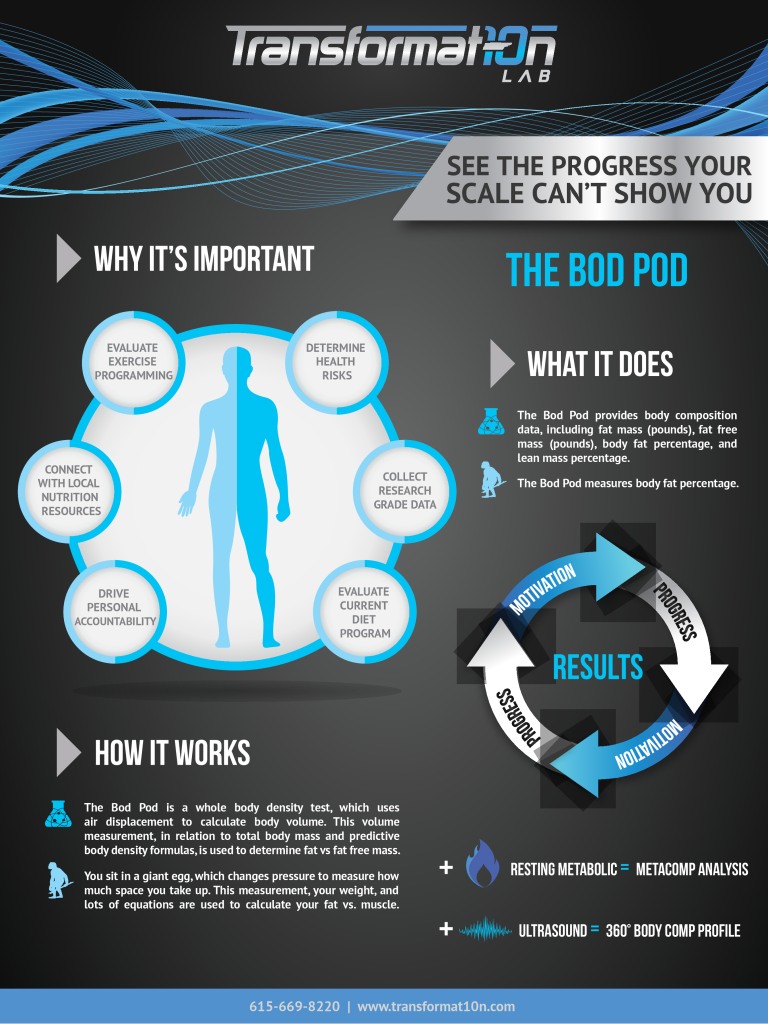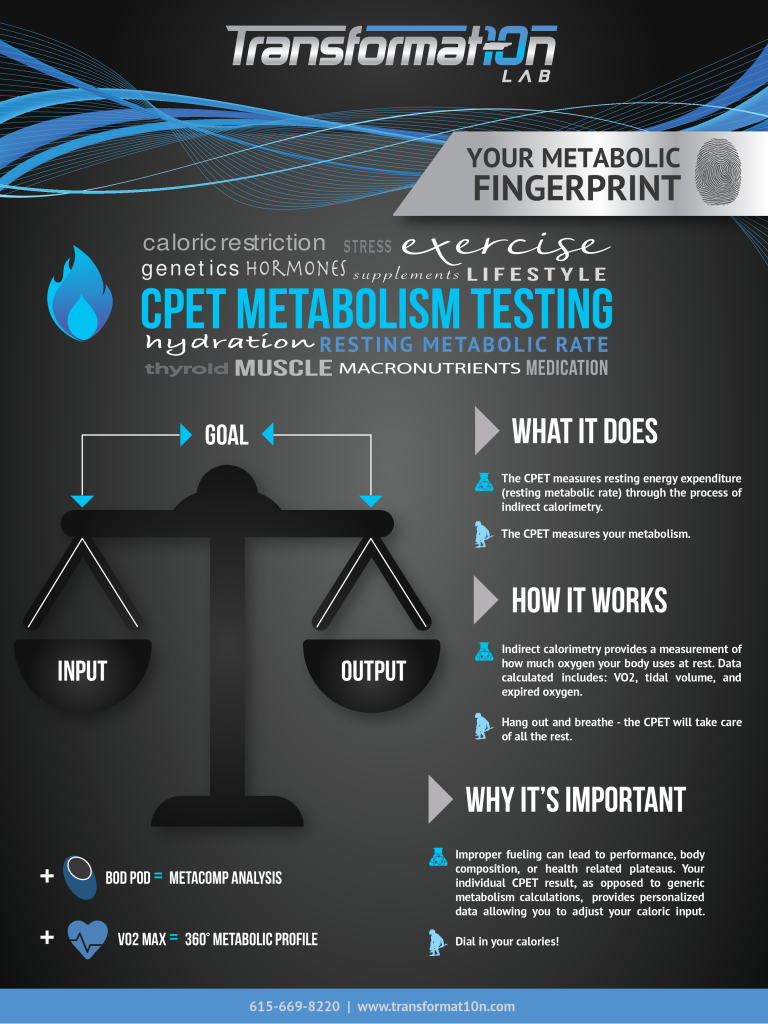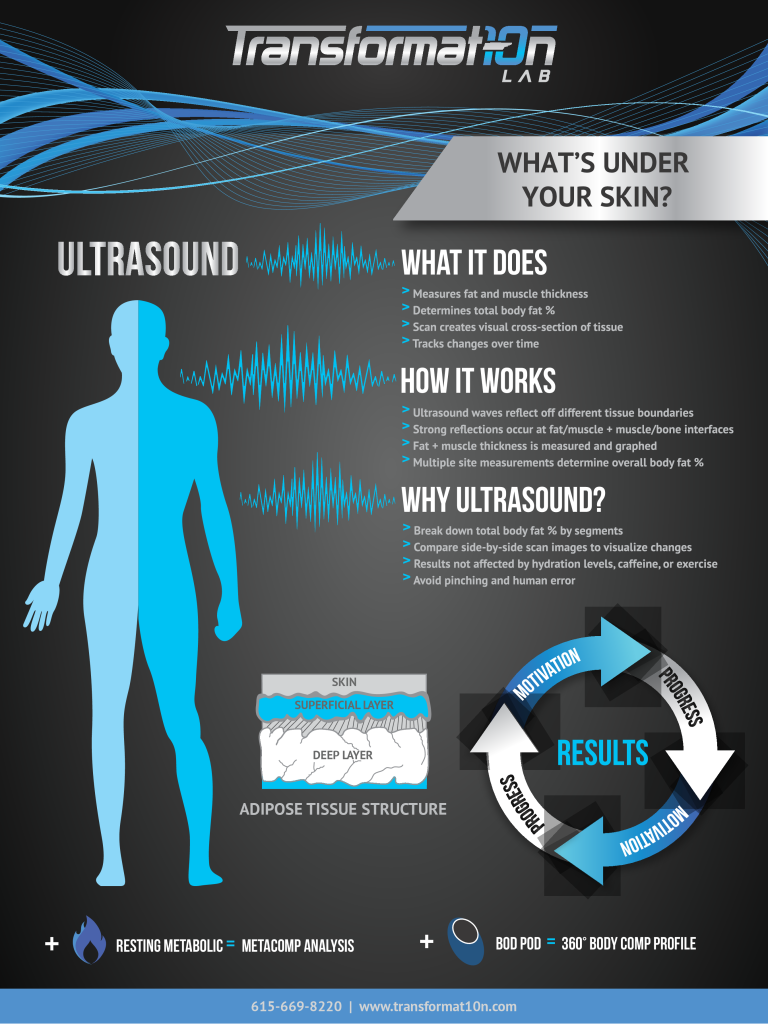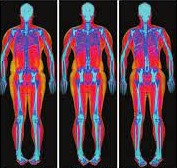Rethinking the 80/20 rule
Have you ever heard someone say, “Success is 80% diet and 20% exercise?”
Sure, this might be true when it comes to weight loss — it’s a heck of a lot easier to eat 500 less calories than it is to burn those same 500 calories.
But I don’t believe the 80-20 rule tells the whole story when it comes to body composition change. Exercise — particularly resistance training — provides the stimulus to which our bodies adapt. Minimizing the importance of this stimulus to the desired adaptation (body composition change) is the equivalent of an expert gardener saying it’s not important to prune plants because it’s only 20% of the benefit compared with the 80% that is watering and sunshine. The plants will grow on water and sun alone, but it is the pruning stimulus that ultimately allows the plants to use these nutrients in the most effective and efficient way.
Take these two clients:
Jill implements a 10-week progressive strength training program (great stimulus), however, she pays no attention to her nutrition during this time. She finds herself out to eat often and eats many calorie-dense, but not necessarily nutrient-dense foods. At the end of 10 weeks, Jill has increased her strength and added some lean body mass. She’s also added some body fat due to inconsistencies in her diet and the calorie surplus she was operating in.
Jamie dials in her diet — counting calories meticulously and even cutting down on some of the drinks she would typically have on football weekends in the fall. She pulls back on her strength training and does sessions sporadically (1x every 2-3 weeks) while she focuses on cardio training with trail running and spin class. At the end of 10 weeks, Jamie has lost a good amount of body fat from her calorie deficit and also finds that her lean body mass is down a few pounds from her beginning measurement.
Now assuming the two women started off with the same body composition, it is safe to say Jamie at this point is leaner. There’s no question she picked the more effective strategy by focusing on her diet. But look what she left on the table that might have preserved her lean body mass, and helped her lose MORE body fat?
- An extra 30% fat loss over the same time period from resistance training + diet vs. diet alone.
- This seems to hold true even if Jamie is an older individual as well.
- And while we aren’t big fans of large calorie deficits, resistance training definitely makes a difference in body composition when dieting aggressively.
The point here is not to discount the importance of nutrition, but instead to show the power of proper nutrition AND resistance training when utilized in conjunction. And to show those that believe they need to stop strength training or cut back to using only ‘light weights’ to lose fat that there is a better way.
Keep in mind, resistance training doesn’t mean you have to train like a powerlifter or bodybuilder. Weights are a great tool, but there are other ways to challenge your body via resistance training:
- Acrobatics
- Pilates
- Barre
- Kettlebells
- Rock Climbing (side note: regular rock climbers are consistently some of the leanest individuals we test here at the lab)
In closing, instead of thinking about exercise as the “other 20%,” focus in on resistance training as a key driver (or turbo boost, if you will) to help enhance fat loss and drive improvements/maintenance of lean body mass.
Kurt Lockhart
CISSN, ACSM-CPT





